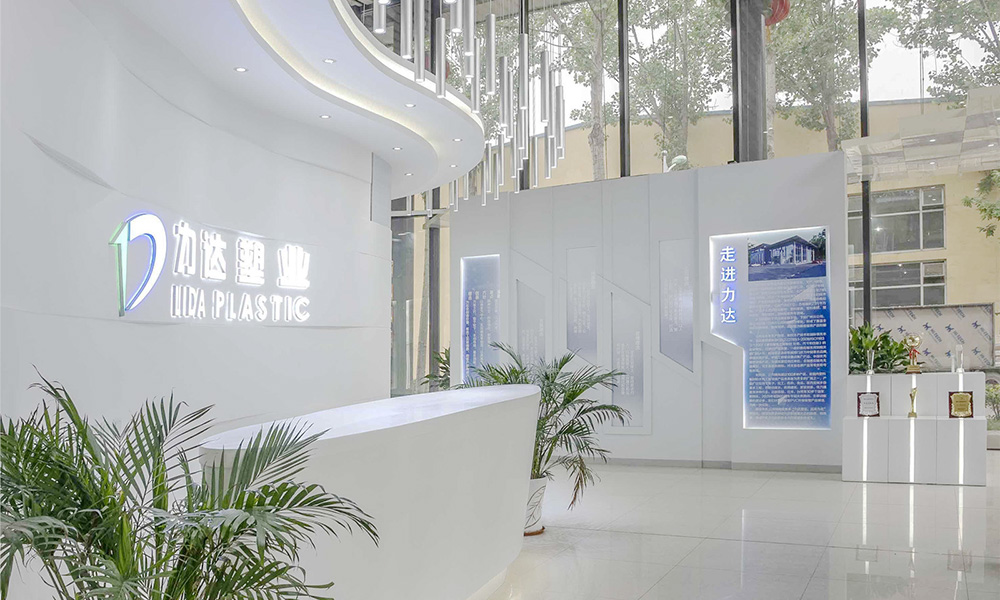Nov . 21, 2024 04:17 Back to list
pp plate sheet
Understanding PP Plate Sheet Applications and Benefits
Polypropylene (PP) plate sheets are a versatile material widely used across various industries due to their unique properties and benefits. PP, a thermoplastic polymer, offers excellent chemical resistance, durability, and lightweight characteristics, making it a preferred choice for many applications. This article delves into the features, applications, and advantages of PP plate sheets.
Properties of PP Plate Sheets
PP plate sheets are known for their robust mechanical properties. They possess high tensile strength and flexibility, which allows them to withstand considerable stress without deforming or breaking. This resilience makes them suitable for environments where impact resistance and durability are paramount. Additionally, PP sheets have a low density, making them lighter than many other materials, which can reduce transportation costs and ease handling during installation.
One of the standout features of PP is its exceptional resistance to a wide range of chemicals, including acids, alkalis, and solvents. This characteristic makes PP plate sheets ideal for use in laboratory environments, chemical storage, and industrial applications where exposure to harsh substances is common. Furthermore, PP is non-toxic and can be easily sterilized, making it suitable for medical and food-related applications.
Applications of PP Plate Sheets
The versatility of PP plate sheets leads to their usage in diverse industries. In the construction sector, these sheets are often employed for making wall panels, roofing materials, and lightweight structural elements. Their durability and moisture resistance contribute significantly to the longevity of building projects.
In the medical field, PP plate sheets are utilized in manufacturing various medical devices, equipment trays, and containers. The ability to withstand sterilization procedures enhances their suitability for healthcare applications. Additionally, their smooth surface makes them easy to clean, reducing the risk of contamination.
pp plate sheet

Furthermore, the packaging industry benefits from PP plate sheets, as they can be molded into trays, boxes, and containers that offer excellent protection for products. The lightweight nature of PP also lowers shipping costs while maintaining product safety.
In the automotive sector, PP plate sheets are used in the production of interior panels, dashboards, and other components that require a combination of strength, lightweight properties, and aesthetic appeal. Their ability to be colored and textured allows for customization, catering to diverse consumer preferences.
Advantages of Using PP Plate Sheets
Choosing PP plate sheets comes with numerous advantages. One of the most significant benefits is the material’s sustainability. PP is recyclable, which means that it can be reprocessed and used to create new products, reducing environmental impact. This feature aligns with the growing emphasis on sustainability in manufacturing and consumer habits.
Additionally, PP sheets are cost-effective. Their durability reduces the need for frequent replacements, and their lightweight nature contributes to lower transportation expenses. The ease of fabrication and machining further enhances their affordability, making them a practical choice for businesses looking to optimize costs.
Moreover, the resistance of PP to UV radiation means that it can maintain its integrity and appearance even when exposed to sunlight for extended periods. This quality is particularly beneficial for outdoor applications, ensuring longevity and aesthetic appeal.
Conclusion
In conclusion, PP plate sheets stand out as a versatile and valuable material suited for a multitude of applications. Their unique properties, such as chemical resistance, lightweight nature, and durability, make them indispensable in various sectors, including construction, healthcare, packaging, and automotive industries. As industries continue to prioritize sustainability and efficiency, the demand for PP plate sheets is likely to grow, solidifying their role as a cornerstone material in modern manufacturing.
-
High-Quality PPR Pipes and Fittings Durable ERA PPR & PVC PPR Solutions
NewsJul.08,2025
-
Black HDPE Cutting Board - Durable, Non-Porous & Food Safe HDPE Plastic Cutting Board
NewsJul.08,2025
-
High-Quality CPVC Panel Durable HDPE & PVC Panels Supplier
NewsJul.08,2025
-
Double PE Welding Rod Supplier - High Strength, Durable & Versatile Welding Solutions
NewsJul.07,2025
-
High-Quality PVC-O Pipe Supplier Durable 75mm PVC Pipe & Connections Leading PVC Pipe Company
NewsJul.07,2025
-
HDPE Drainage Pipe Supplier – Durable & Corrosion-Resistant Solutions
NewsJul.06,2025

